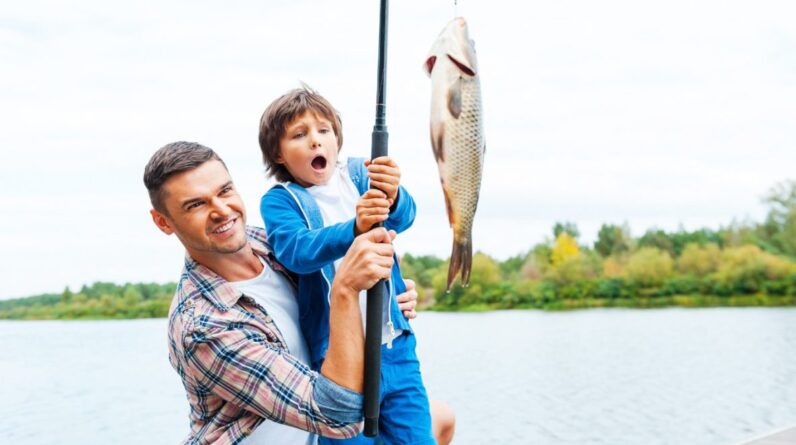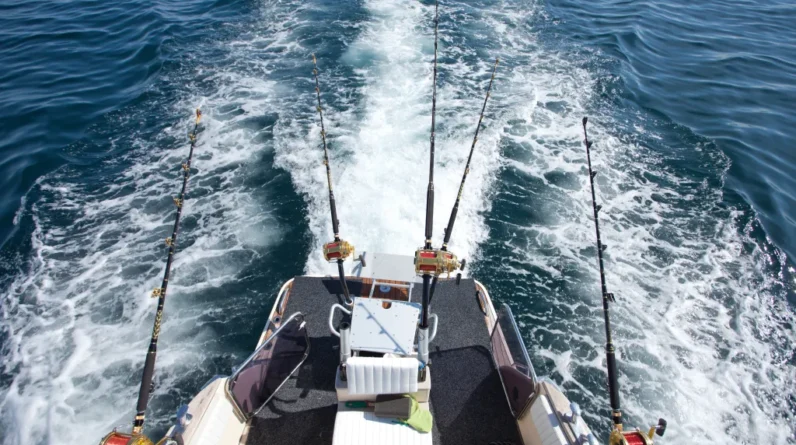I Want to Start Fishing: Fishing is one of the oldest and most rewarding outdoor activities known to humanity. Whether you’re drawn to the peaceful solitude of a quiet lake, the thrill of casting from a coastal pier, or the challenge of landing a trophy bass, fishing offers something for everyone. For beginners, however, the world of fishing can seem overwhelming. With so many different techniques, gear options, types of fish, and locations to choose from, it’s hard to know where to start.
If you’re thinking, “I want to start fishing, but I have no idea what to do,” you’re not alone. Many first-time anglers ask the same questions: What equipment do I need? Where can I go fishing? What are the basic rules? How do I catch my first fish? The good news is that fishing is a skill anyone can learn, and with a bit of guidance, you’ll be casting like a pro in no time.
At Cheerfulfisherman.com, our expert team has poured years of hands-on experience into this in-depth guide designed specifically for beginners. We’ll walk you through everything you need to know to start fishing with confidence — from choosing your first rod and reel to understanding local fishing regulations and learning basic yet effective techniques. You’ll also discover tips on affordable gear, essential safety practices, and how to find the best beginner-friendly fishing spots. By the end of this article, you’ll have the practical knowledge and confidence to kick off your fishing journey the right way — responsibly, enjoyably, and without breaking the bank.
Let’s dive into the world of fishing and discover how you can make it your new favorite hobby.
1. Why Fishing Is a Great Hobby
Fishing is more than just catching fish—it’s a lifestyle. Whether you’re looking for relaxation, a fun activity to enjoy with family and friends, or a way to connect with nature, fishing checks every box. Here’s why so many people fall in love with it:
- Stress Relief: Nothing beats the calm of sitting near water.
- Affordable to Start: You can begin with a budget of $50 or less.
- Perfect for All Ages: Great for bonding with kids or spending time outdoors solo.
- Physical and Mental Benefits: Encourages patience, focus, and time spent outdoors.
- Sustainable Food Source: Catch your dinner responsibly and fresh.
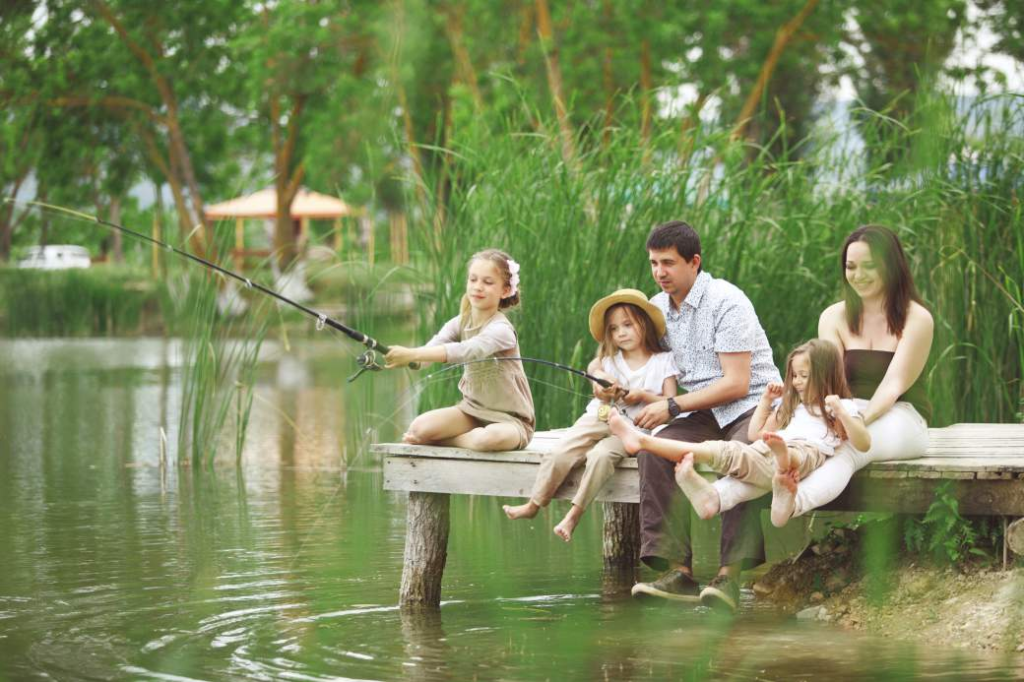
2. Types of Fishing
Fishing is incredibly versatile. Here are the most popular types to help you decide what suits you best.
Freshwater vs. Saltwater
- Freshwater Fishing: Lakes, ponds, rivers, and streams. Fish like bass, bluegill, catfish, and trout.
- Saltwater Fishing: Oceans and coastal bays. Expect species like redfish, snook, and mackerel.
Bank Fishing vs. Boat Fishing
- Bank Fishing: Easiest for beginners. Accessible and inexpensive.
- Boat Fishing: Expands your range but requires a boat or kayak.
Other Styles:
- Fly Fishing: Uses artificial flies and special casting techniques.
- Ice Fishing: Done on frozen lakes with special gear.
- Surf Fishing: Casting from the shoreline of the ocean.
- Trolling: Done by dragging bait behind a moving boat.
3. Fishing Licenses and Legal Requirements
Before you cast a line, check the local laws.
- Do You Need a License?
In most places, yes. Visit your state’s wildlife agency website to buy a license. - Special Regulations:
Know your bag limits (how many fish you can keep), size restrictions, and seasonal rules. - Penalties:
Fishing without a license can lead to hefty fines and confiscation of gear.
4. Essential Fishing Gear for Beginners
You don’t need to buy everything at once. Start with the basics:
Rods and Reels
- Spinning Rod and Reel Combo: Easiest and most versatile for beginners.
- Baitcasting Rods: More advanced, used for heavier lures.
Fishing Line
- Monofilament: Best for beginners, cheap and easy to handle.
Hooks and Terminal Tackle
- Hooks: Sizes range from 32 (tiny) to 1/0 and beyond (huge).
- Sinkers and Weights: Help your bait sink.
- Bobbers: Keep your bait suspended and help detect bites.
Bait vs. Lures
- Live Bait: Worms, minnows, crickets.
- Lures: Plastic worms, crankbaits, spinners.
Tackle Box Essentials
- Extra hooks, line, bobbers, pliers, measuring tape, scissors or clippers, first aid kit.

5. How to Choose the Right Fishing Rod and Reel
The right rod depends on where and what you’re fishing for.
Spinning Rods:
- Best for Beginners
- Great for panfish, trout, bass.
Rod Power:
- Ultra-light: Small fish like bluegill.
- Medium: Great all-around option.
- Heavy: Large catfish or saltwater fishing.
Rod Action:
- Fast Action: More sensitive to bites.
- Slow Action: Better for casting longer distances.
Choose a combo (rod + reel) if you’re new—it’s more affordable and pre-matched.
6. Understanding Fishing Line Types
There are three main types:
- Monofilament: Flexible, affordable, and forgiving. Ideal for beginners.
- Fluorocarbon: Less visible in water, better for clear lakes.
- Braided: Very strong, ideal for dense cover or saltwater.
Start with 6-12 lb. test monofilament unless you’re targeting very large fish.
7. Hooks, Bobbers, Sinkers, and Swivels Explained
Hook Sizes:
Smaller numbers = larger hooks. Size 6–10 is great for general use.
Bobbers:
Help you know when a fish bites. Choose clip-on round bobbers to start.
Sinkers:
Weights made of lead or tungsten. Start with split shot sinkers.
Swivels:
Prevent line twist, especially when using spinning lures.
8. Live Bait vs. Artificial Lures: Pros and Cons
| Bait Type | Pros | Cons |
|---|---|---|
| Live Bait | Very effective, especially for beginners | Can be messy and needs refrigeration |
| Artificial Lures | Reusable, clean, lots of variety | Requires technique and practice |
Popular baits: worms, nightcrawlers, minnows.
Popular lures: soft plastics, spinnerbaits, jigs, crankbaits.
9. Knot Tying Basics Every Angler Should Know
Learning to tie knots is critical.
- Improved Clinch Knot: Great for tying hooks or lures to line.
- Palomar Knot: Easy and strong.
- Loop Knot: Good for live bait or lures that need freedom to move.
Practice at home using thicker rope before hitting the water.
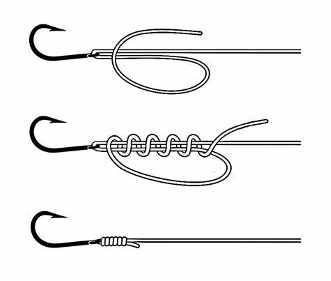
10. Where to Go Fishing as a Beginner
Start at public, easy-access locations:
- Local Lakes and Ponds
- State Parks
- Rivers with Calm Waters
- Fishing Piers or Docks
Use Google Maps or state fish and wildlife websites to locate spots near you.
Look for:
- Fishing piers
- Stocked lakes
- Family-friendly spots
- Boat ramps (if using a boat)
11. Basic Fishing Techniques for Beginners
Still Fishing:
- Cast baited hook and wait.
- Use bobbers to detect bites.
Casting and Retrieving:
- Best with lures.
- Cast out, then reel back at varying speeds.
Jigging:
- Bounce lure vertically up and down.
Bottom Fishing:
- Sink bait to the bottom.
- Great for catfish or carp.
12. Catch and Release vs. Catch and Keep
Decide before you start.
- Catch and Release: Use barbless hooks, wet your hands before handling, release gently.
- Catch and Keep: Follow legal size and bag limits. Bleed and ice the fish quickly for better taste.
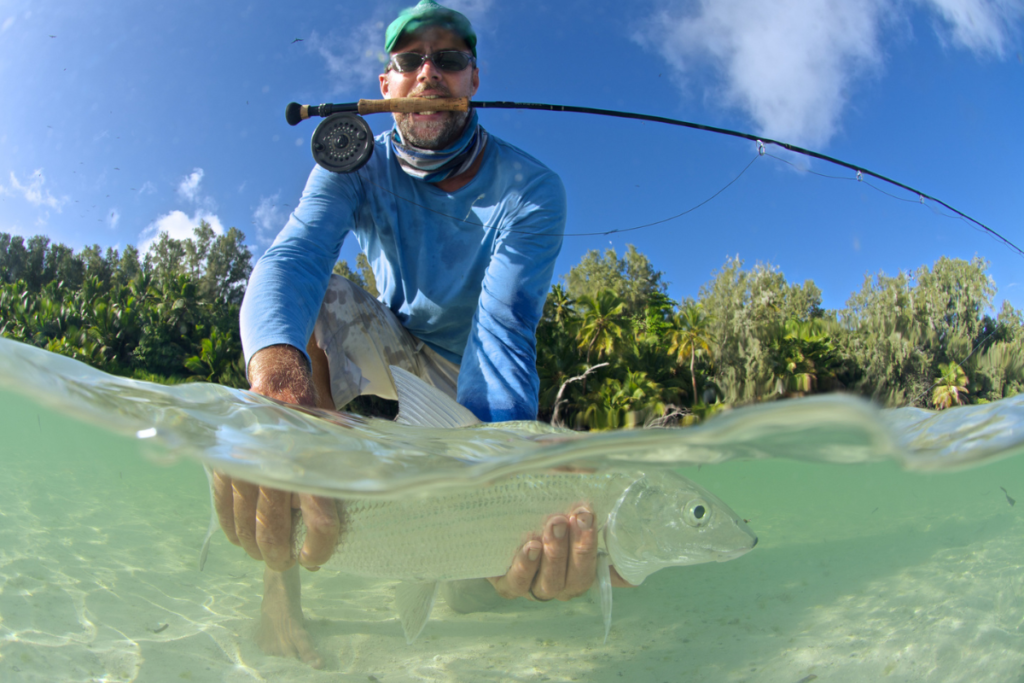
13. Fishing Safety Tips
- Wear a life jacket near deep water or on a boat.
- Use sunscreen and insect repellent.
- Keep a first aid kit nearby.
- Don’t fish during storms.
- Be cautious with sharp hooks and knives.
14. Fishing Etiquette
- Respect Other Anglers: Give people space.
- Don’t Litter: Pack out what you bring in.
- Follow Rules: Licenses, limits, and local regulations.
- Be Kind to Nature: Avoid damaging vegetation or disturbing wildlife.
15. Best Times of Day and Seasons to Fish
Time:
- Early Morning (dawn)
- Late Afternoon (dusk)
- Cloudy Days: Great for fishing!
- Right Before a Storm: Pressure changes get fish active.
Season:
- Spring: Spawning season = aggressive fish.
- Fall: Cooling temps = feeding frenzy.
- Winter: Slower bites, but fish still eat.
- Summer: Fish early or late; avoid mid-day heat.
16. Weather and Water Conditions
- Warm Water: Fish are active but seek shade.
- Cold Water: Fish are sluggish—use slow presentations.
- Wind: Fish on the windward shore (where bait is pushed).
- Rain: Can stir up feeding activity.
17. Common Mistakes New Anglers Make
- Using the wrong gear
- Not checking local laws
- Fishing at the wrong time
- Not staying patient
- Setting the hook too early or too late
- Leaving gear behind (littering)
- Not watching the line for bites
18. Tips for Fishing With Kids
- Keep sessions short and fun.
- Use bobbers and live bait.
- Teach safety first (hooks, sun, water).
- Let them reel in and land the fish.
- Reward patience and curiosity.
19. Joining Local Fishing Communities and Clubs
Benefits of joining:
- Learn faster
- Borrow or try gear
- Find great local fishing spots
- Attend tournaments or events
Look on:
- Facebook groups
- Local tackle shops
- State park ranger offices
20. How to Clean and Cook Your Catch
Cleaning:
- Rinse the fish.
- Use a sharp fillet knife.
- Remove scales or skin.
- Gut the fish and wash out thoroughly.
Cooking Options:
- Grilled
- Fried
- Baked with lemon and herbs
- Fish tacos or chowder
Always keep fish cold until cleaning. If unsure, look up a YouTube tutorial based on the species.

21. Final Thoughts: Making Fishing a Lifelong Passion
Starting fishing may feel overwhelming, but once you catch your first fish, you’ll be hooked—pun intended. It’s not just about catching a trophy fish but about learning, relaxing, and enjoying the outdoors.
So gather your gear, check your local regulations, pick a nearby lake, and cast your first line. The journey from beginner to confident angler is full of fun, learning, and memories.



